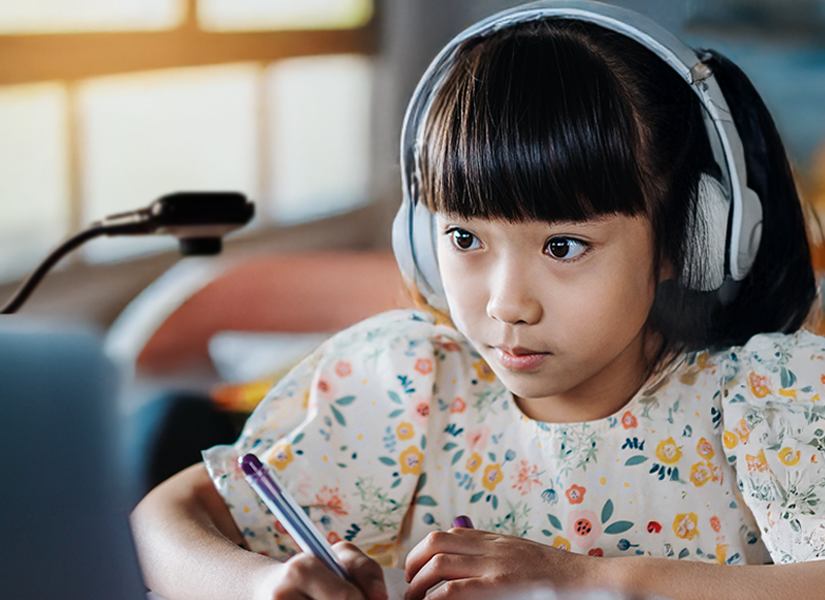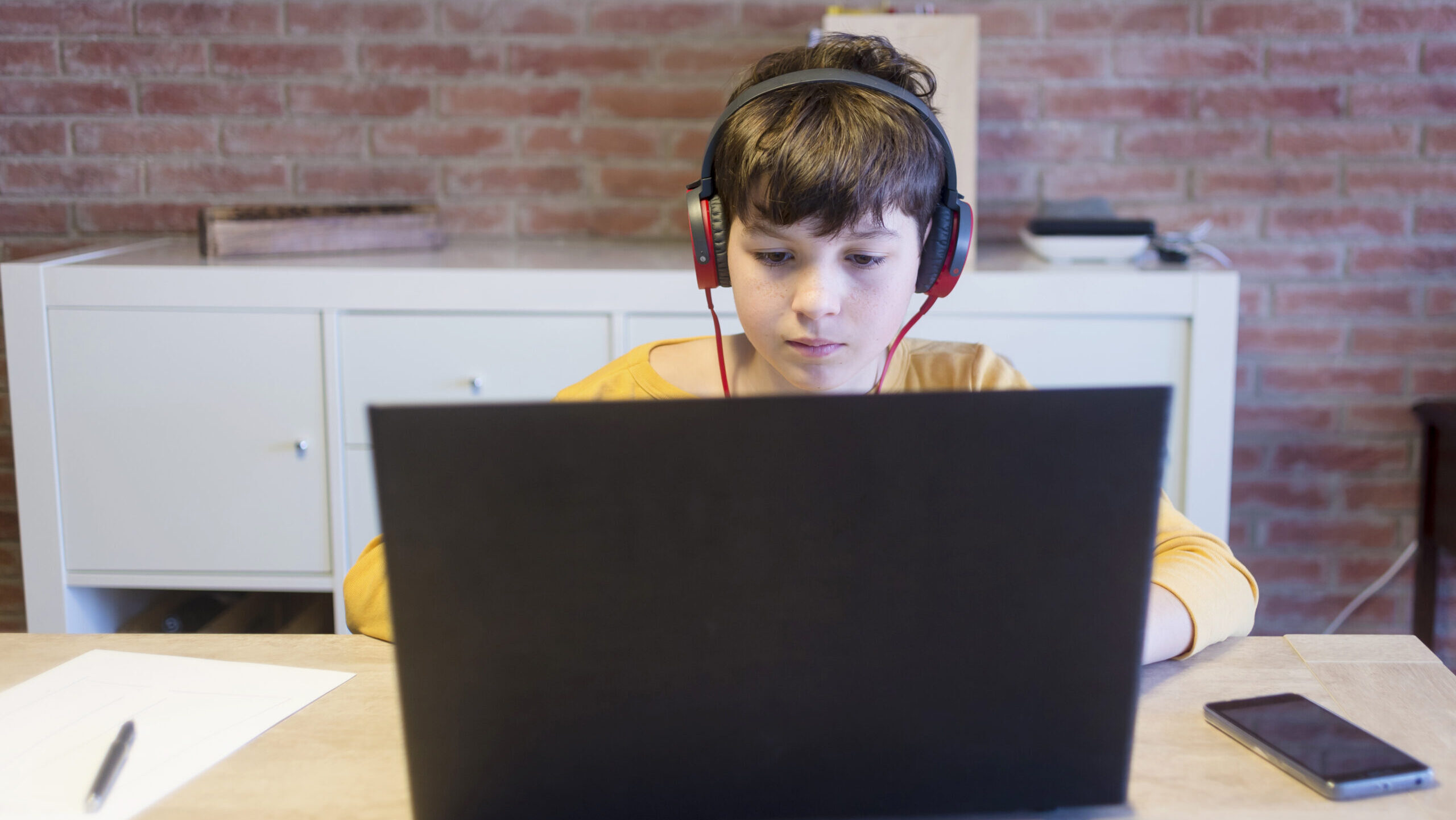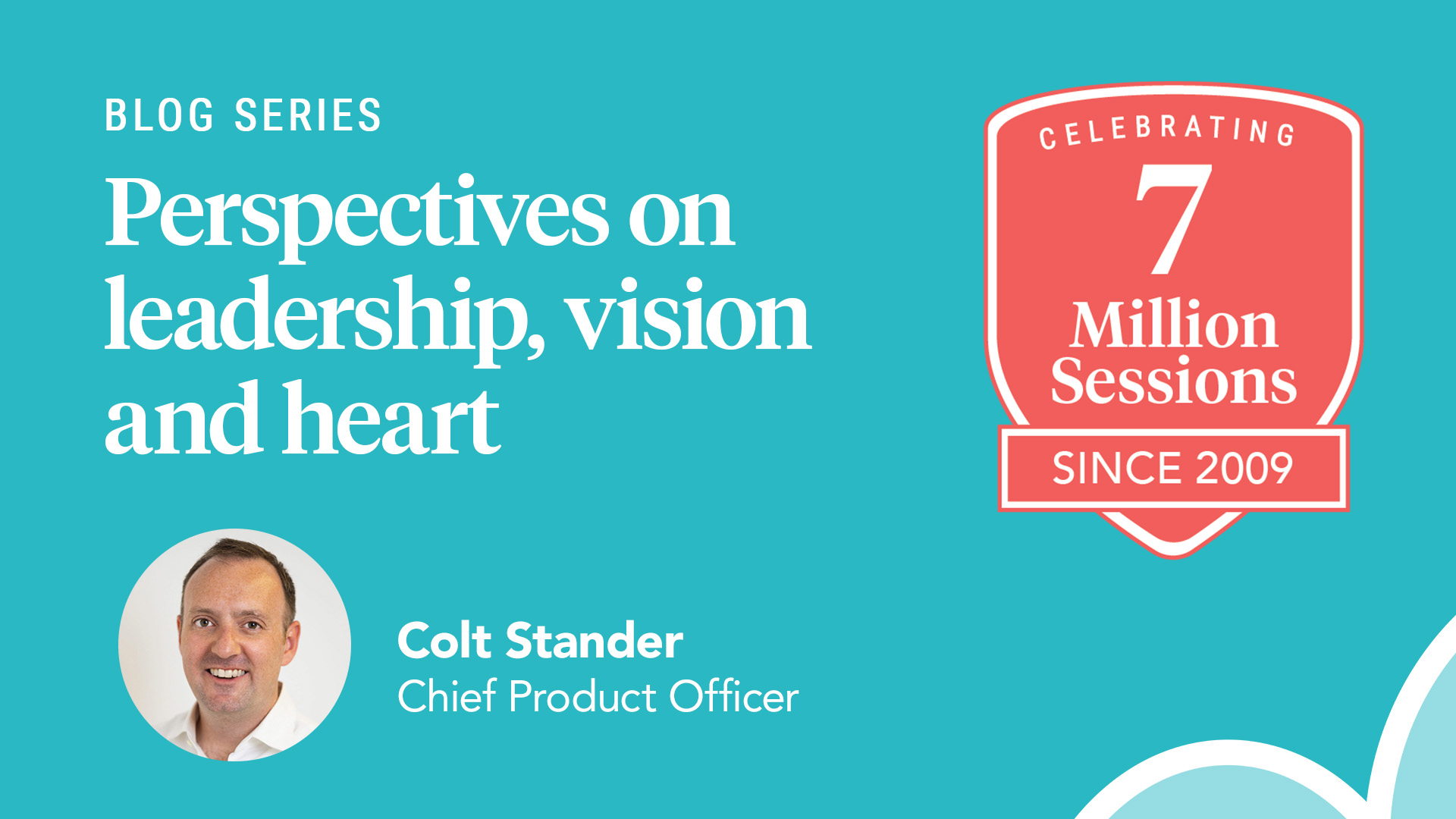The Breakthrough Study
There is a growing body of research that finds praise can be an effective way for educators to effect better behavior and improve student focus as well as academic performance. This is particularly true when the praise that the teachers share both specifies and describes the behavior. Online school psychologists can help reinforce this in schools.
Teachers who used more praise and fewer reprimands in the classroom found that their students were able to remain on task and behave better, according to a 2019 study. Researchers who conducted the study, published in the journal Educational Psychology, found a direct and “positive linear relationship” between the two.
Paul Caldarella, a professor of counseling psychology and special education at Brigham Young University and the leader of the study, had this to say: “The higher the teachers’ [praise to reprimand ratio], the higher the students’ on-task behavior percentage,”
Transforming Your Praise into a Change Agent
At the same time, the research contains several caveats regarding the practice of praise and feedback. Educators Larry Ferlazzo and Katie Hull Sypnieski, in a video for Education Week, remarked that it’s essential that teachers praise students’ competence, instead of their natural ability.
Alfie Kohn, who writes and speaks widely on human behavior, education, and parenting, and is the author of fourteen books, points out that research shows praise can be counterproductive by undermining the intrinsic motivation to accomplish, encouraging people to work for praise itself.
Some believe that praising children for just about anything is generally nothing more than a “verbal doggie biscuit for pleasing the adult”. This is because, while many of us don’t realize it, children themselves often regard unearned praise as nothing more than veiled manipulation.
Research literature has shown that children, just like most people, typically lose interest in whatever they were praised or rewarded for doing because the primary goal ceases to be the accomplishment and is replaced by receiving the reward or praise.
Researcher John Hattie, who has a massive following among teachers, observed, “When teachers spend hours and hours writing comments if there’s no feedback providing concrete steps for the students to improve, students will argue themselves blue in the face that they never received anything.”
“The key question is, does feedback help someone understand what they don’t know, what they do know, and where they go? That’s when and why feedback is so powerful, but a lot of feedback doesn’t—and doesn’t have any effect.”
Molding Praise to Maximize Effectiveness
Describe Noteworthy Student Behavior
General praise statements rather than specific accounts are often ineffective due to lacking feedback that could potentially facilitate change. For example, well-meaning praise such as ‘Great job!’ is often inadequate due to its lack of a behavioral description (Hawkins & Heflin, 2011). However, this same sentiment becomes effective when expanded to: “You found excellent sources for your essay. Great job!”
Praise Effort and Accomplishment, Not Ability
What’s more, there is some evidence that praising a student’s general ability can reduce students’ desire to take risks (Burnett, 2001). Therefore, teachers should try to avoid praise that speaks to the student’s ability (e.g., “You are an excellent math student!”; “I can tell from this essay that writing is no problem for you.”).
Instead, the praise should be attached to specific efforts or accomplishments. (e.g., “It’s obvious from your grade that you worked hard to prepare for this quiz. Great work!”). This is because praise focusing on specific efforts and accomplishments enables the student to see the connection between the invested effort and improved performance.
Match the Method of Praise Delivery to Student Preferences
Teachers have the option to deliver praise to a student in any number of ways and contexts. The praise could either be given publicly in front of the class or in a private conversation, or even in a note on the student’s test or assignment.
Whenever it is possible, the teacher should find out and abide by a student’s preference as to how the student would like to receive the praise. It happens to be that, while most children in elementary school are okay with public praise, that changes upon entering middle school and high school. For older students, private praise is preferred.
Praise also has its Limitations
Carol Dweck, who’s known for her work to define growth mindset, said in a 2015 commentary in EdWeek that one of the most common misunderstandings about growth mindset is that it’s about praising students’ effort. Whereas praise and feedback are essential components in cultivating a “growth mindset,” they aren’t sufficient.
Praise is only one slice of that work, she said. “Students need to try new strategies and seek input from others when they’re stuck,” Dweck said. “They need this repertoire of approaches—not just sheer effort—to learn and improve.”







